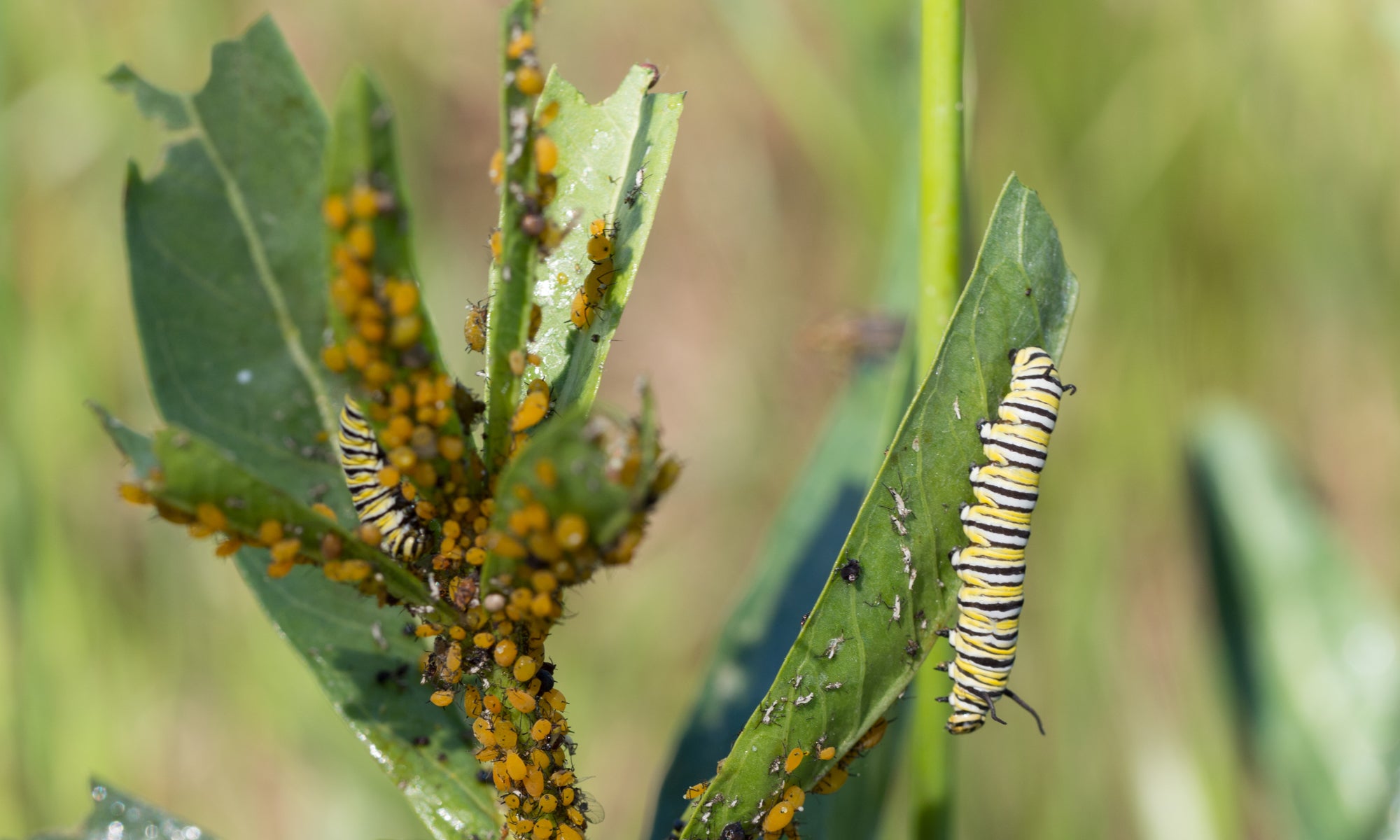Calvin M. Carroll, Daniel Saenz, and Volker H. W. Rudolf
Abstract
Climate change is shifting the phenological timing, duration, and temporal overlap of interacting species in natural communities, reshaping temporal interaction networks worldwide. Despite much recent progress in documenting these phenological shifts, little is known about how the phenologies of species interactions are tracked across different life history stages. Here we analyze four key phenological traits and the pairwise interaction potential of nine amphibian species for the adult (calling/breeding) and subsequent larval (tadpole) stage at eight different sites over six years. We found few strong correlations among phenological traits within species, but the strength of these correlations varied across species. As a consequence, phenological trait combinations of both stages varied substantially across species without clear signs of multidimensional clustering, indicating a distinct and diverse range of species-specific phenological strategies. Despite this considerable variation in the phenologies across species, the temporal overlap between species was largely preserved through the two life history stages. Further, we also detected significant correlations among the duration and temporal overlap of interactions with other species across stages in five species, demonstrating that temporal patterns of species interactions are mirrored across life history stages. For these species, these results indicate a strong tracking of phenologies and species interactions across life history stages even in species with complex life cycles where stages occupy completely different environments. This suggests that phenological shifts in one stage can impact the temporal dynamics and structure of interaction networks across developmental stages.
Oikos
https://doi.org/10.1111/oik.09773

